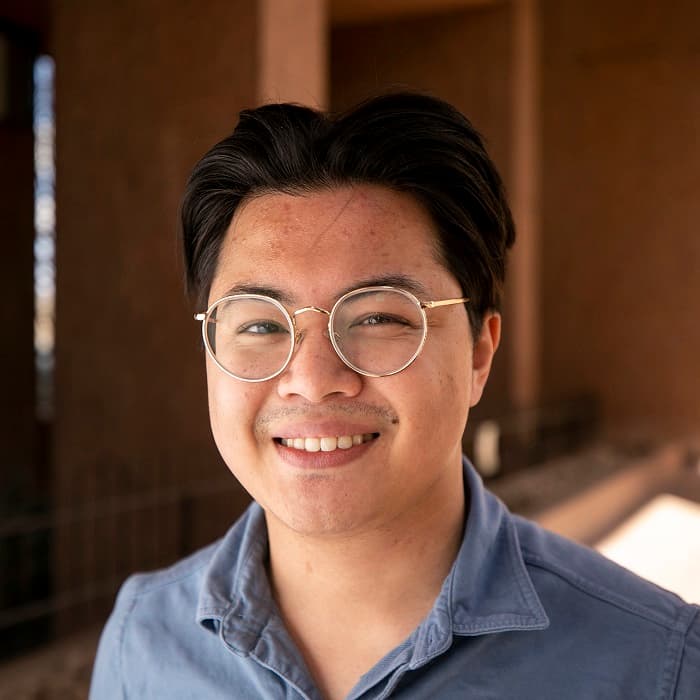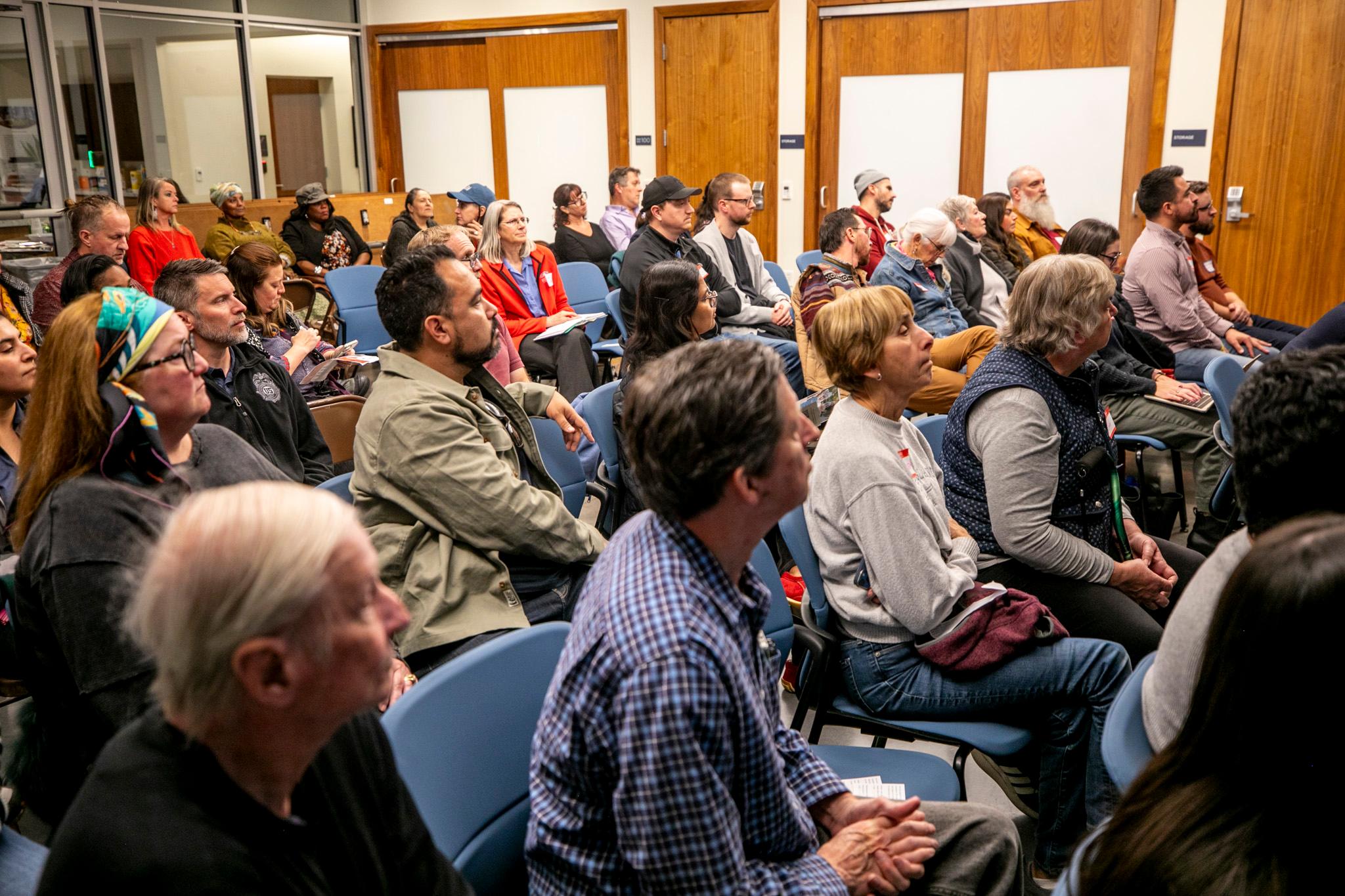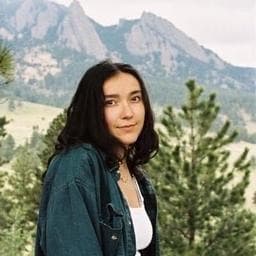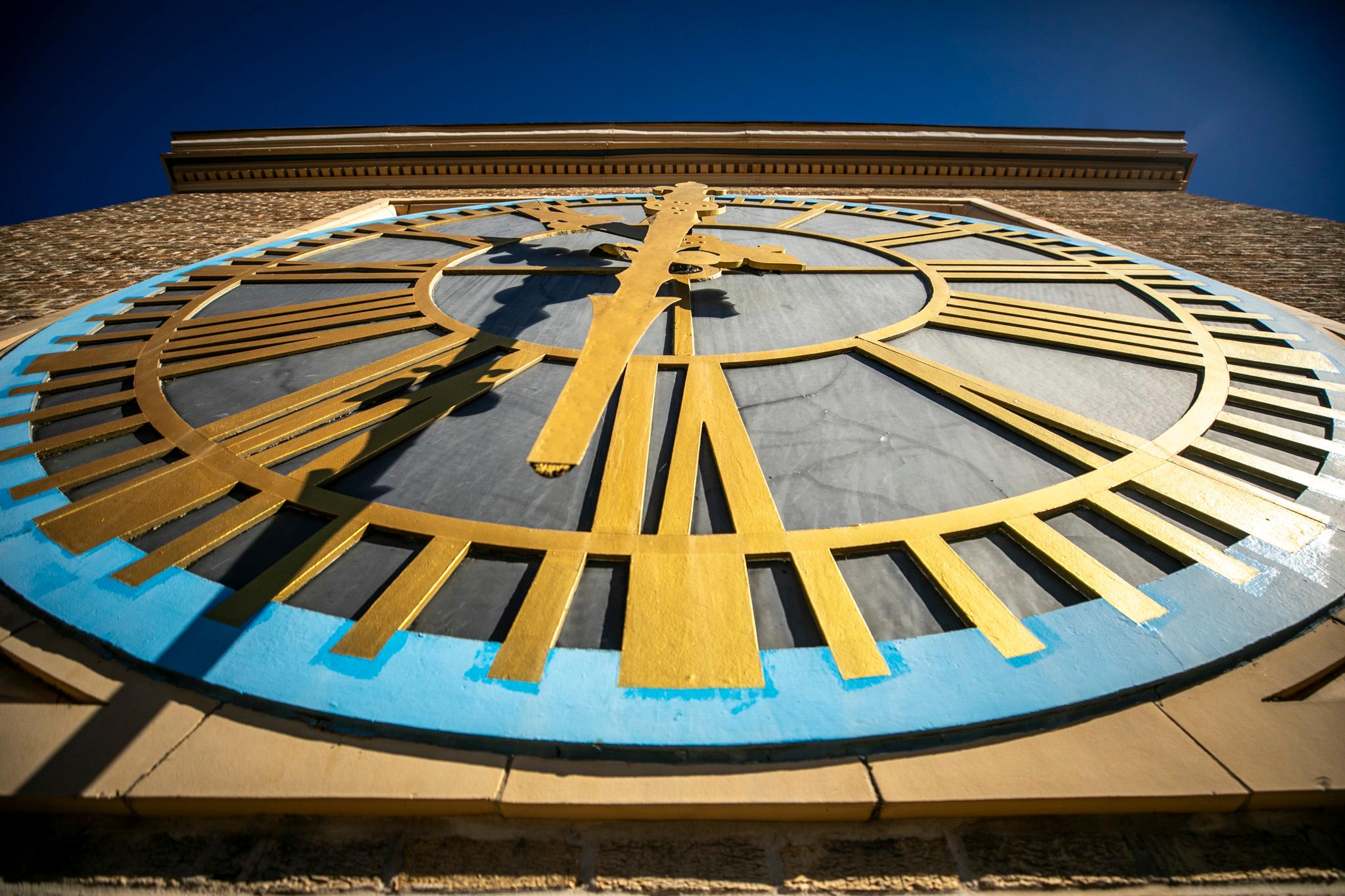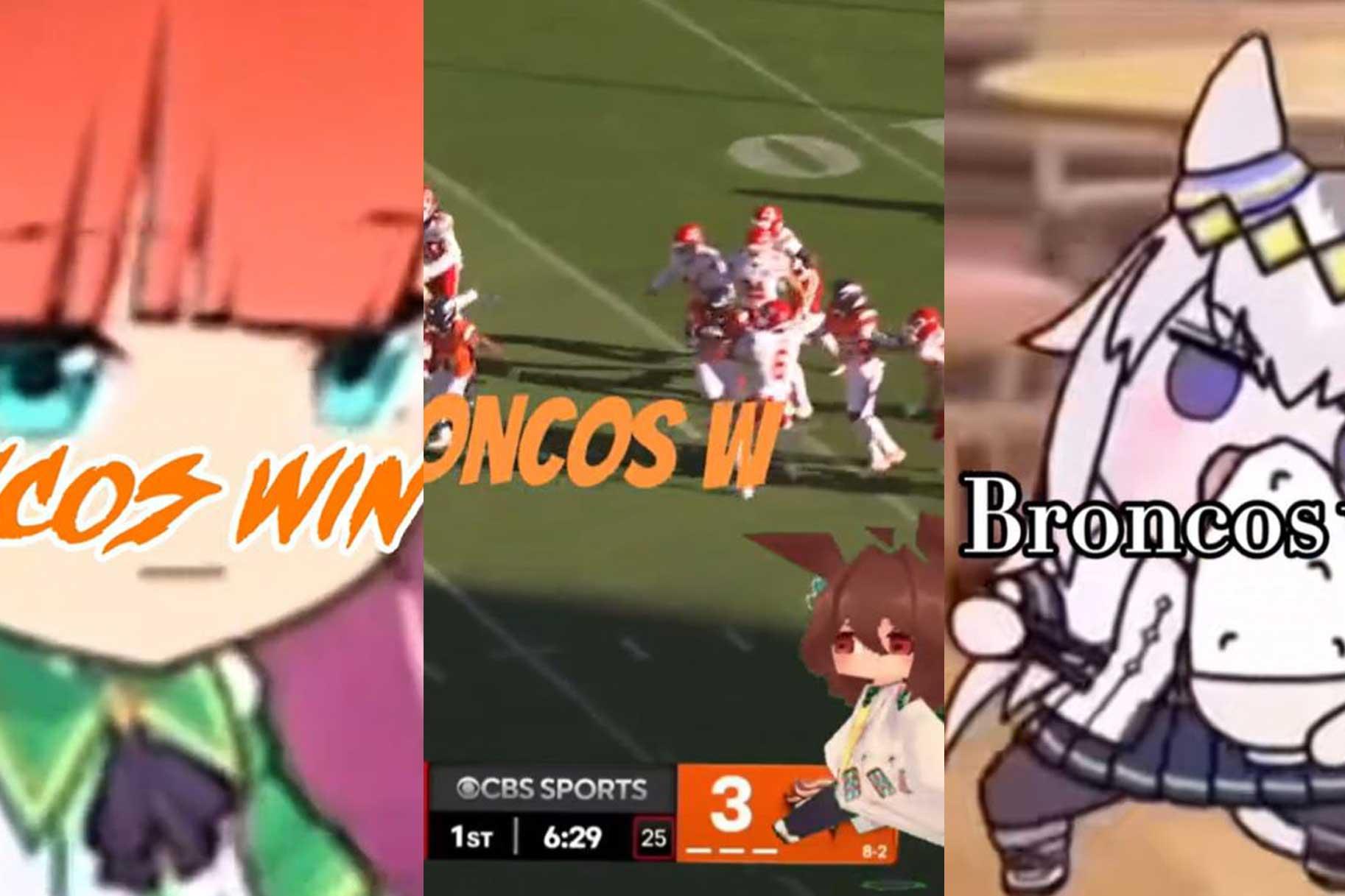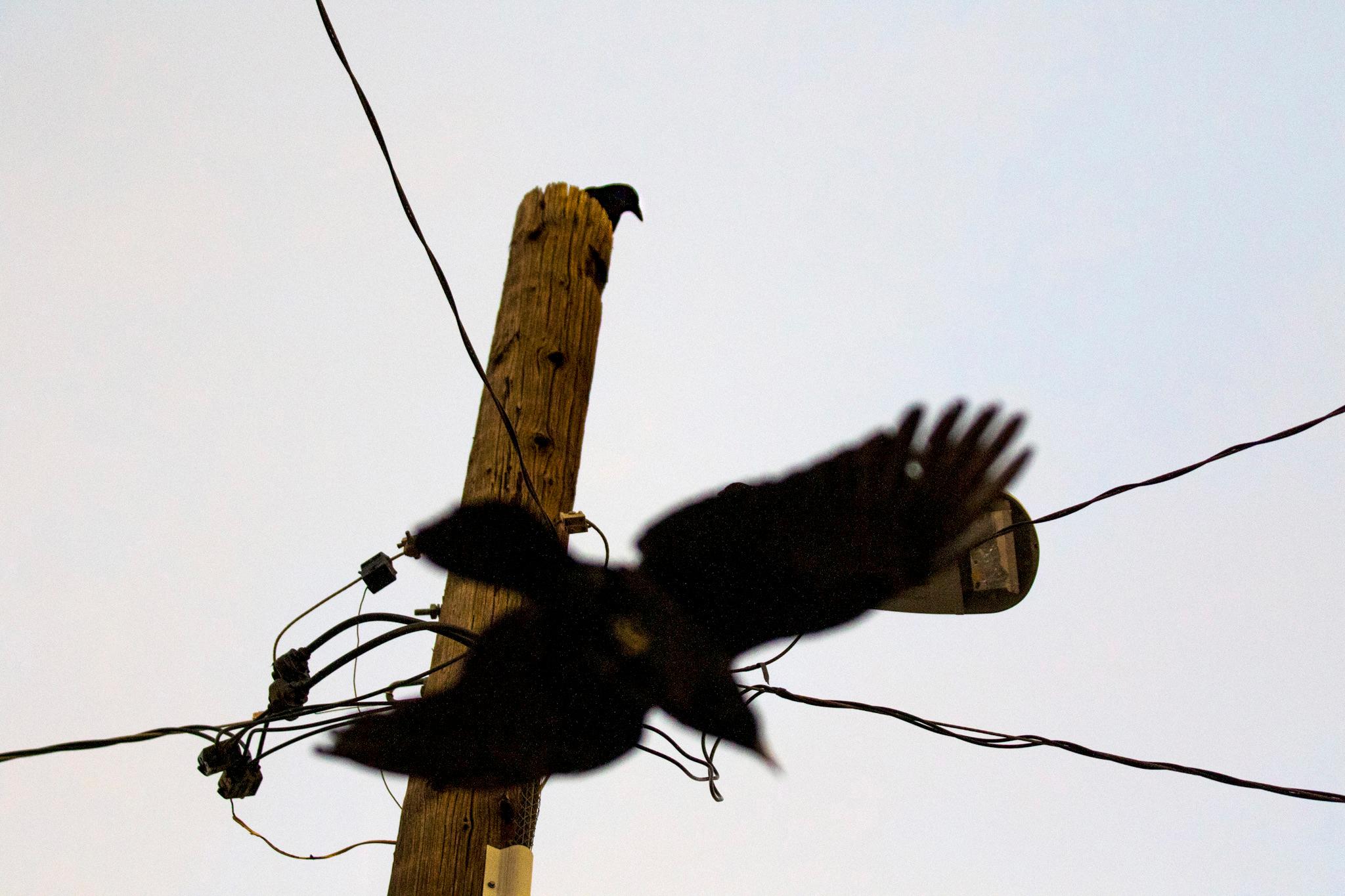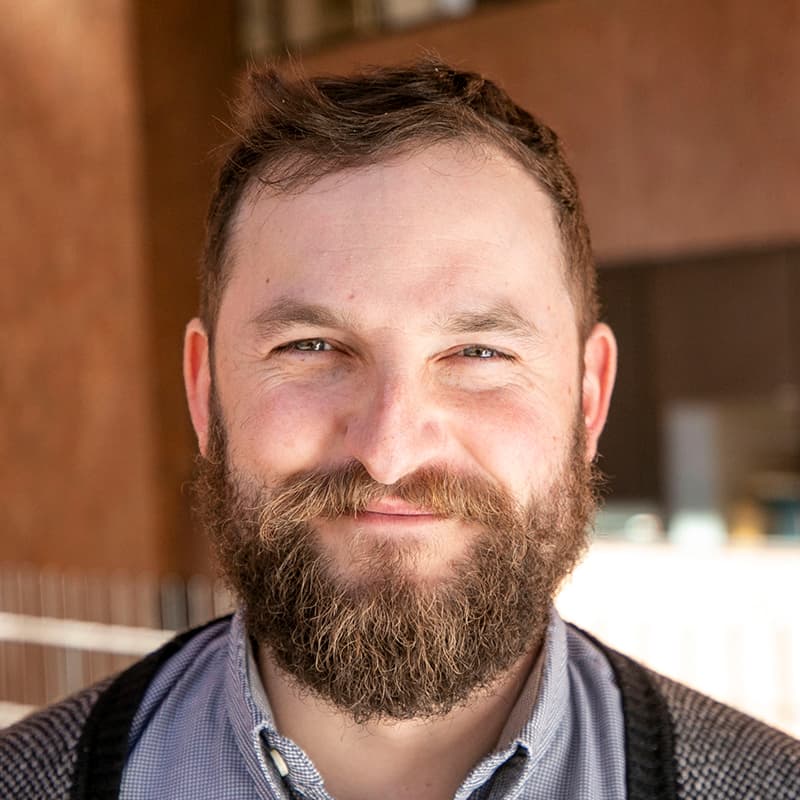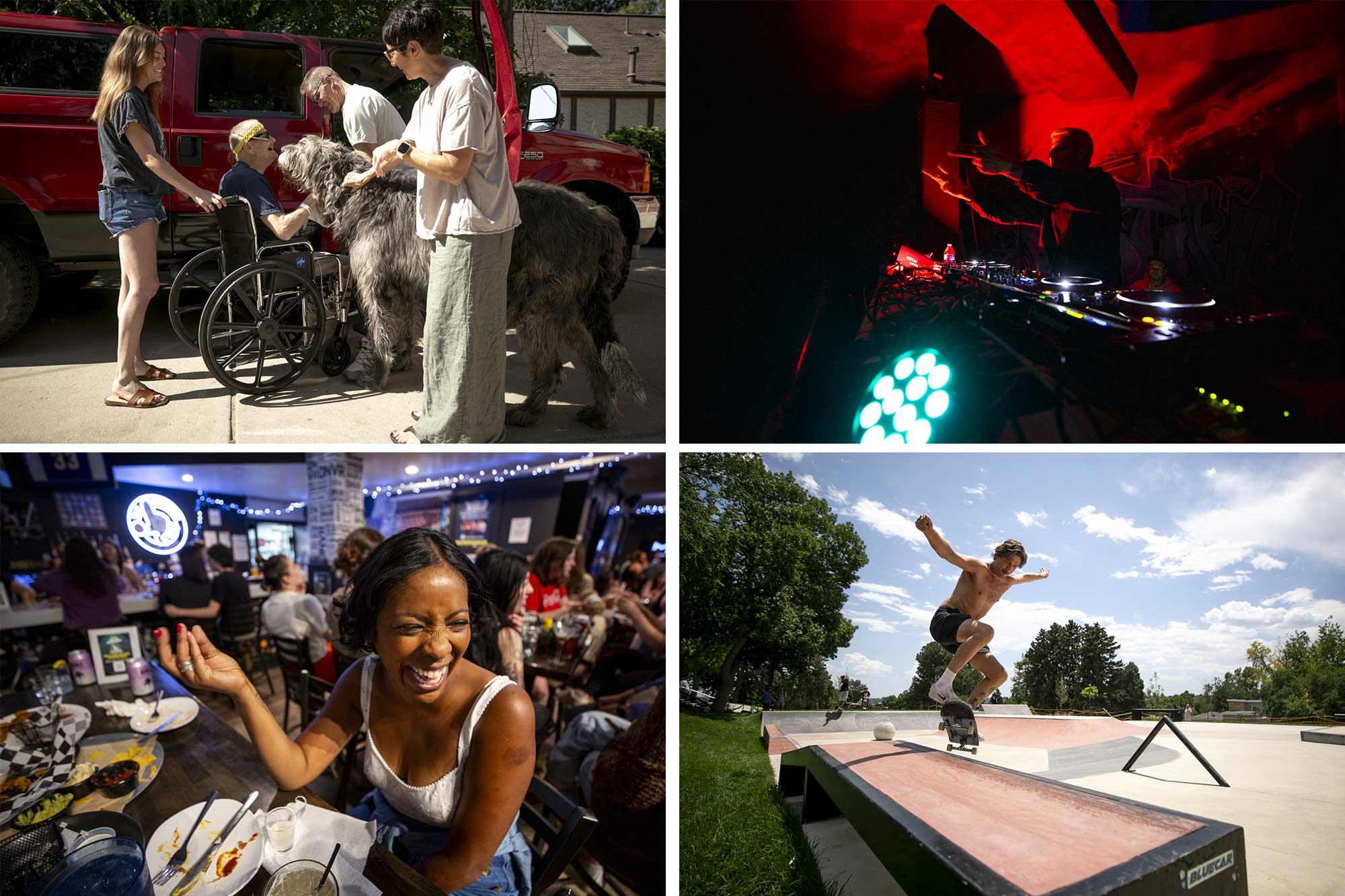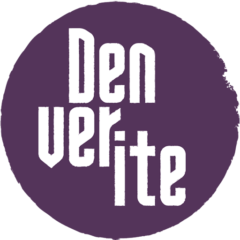There are 78 statistical neighborhoods in Denver. There are even more registered neighborhood associations.
Registered neighborhood organizations, or RNOs, are groups of residents who have gotten organized and are formally recognized by Denver’s city code.
“Like all organizations active in the Denver community, RNOs are an important part of the fabric of the city and play a key role in the ongoing effort to make Denver a great place to live and work,” the Denver city website says.
Each RNO is different, but at its core, members meet regularly to discuss local issues as well as organize neighborhood events.
While they don’t have voting powers for major city bills and ordinances, city leaders often look to those groups for guidance when it comes to hyperlocal issues like zoning amendments. In other words, they have soft power.
But RNOs can feel intimidating to new members — so Denverite spoke to current RNO members to get tips for those interested in joining.
Which RNO should I join?
It's easy to look up whether your residence is part of an RNO’s borders. Just go to the city’s RNO database, type in your address and see what shows up.
Some addresses will have several results. For example, the address for Denverite’s office in uptown Denver yielded seven results. That included four different RNOs, as well a business improvement district and some information about city council districts.
The RNOs in our case were Capitol Hill United Neighborhoods (CHUN); Neighbors for Greater Capitol Hill; the Opportunity Corridor Coalition of United Residents (OCCUR); and the Inter-Neighborhood Cooperation (INC).

Inter-Neighborhood Cooperation is an alliance of RNOs from across the city, so it’s not exactly what we’re looking for.
The other three options cover somewhat different areas, leaving us to look up their websites and other materials to decide which one is a fit.
RNOs draw their own borders and those boundaries are allowed to overlap. The city’s RNO ordinance does discourage numerous overlapping neighborhood organizations and encourages adjacent or overlapping groups to work together.
The time commitment for joining an RNO is typically an hour or two once a month, but could vary depending on if you want to get involved with the governance of the organization.
The financial cost also varies — some RNOs have membership fees to gain voting privileges, but still allow non-due paying members to attend meetings and participate in conversations. Others are free or accept donations.
Usually, RNOs’ websites offer information about how and when to attend meetings. In some cases, you might need to call or email the person listed in the RNO database.
Why should I join?
Denverite spoke with several RNO members. Nearly all of them said the experience is what you make it.
Alejandra Castañeda joined her RNO, Berkeley Regis United Neighbors, in September. She said she wanted to make a difference by making roads safer for pedestrians, specifically children, and realized the fastest way to amplify her voice is through an RNO.
“I realized that … decisions were being made in the name of communities that I was not a part of or that many people I knew weren't part of,” Castañeda said “So I wanted to get involved.”

Nolan Hahn, the president of the La Alma Lincoln Park Neighborhood Association, said he wanted to get involved because he saw a lack of compassion around nuanced issues like homelessness.
“I was frustrated with just some of the stances I saw the neighborhood taking, and some of the tone I heard at the meetings, especially around the safe outdoor space that was in our neighborhood at the time,” Hahn said.
Keith Meyer, president of the Inter-Neighborhood Cooperation, said he just wanted to complain in a productive way.
“I went into [my RNO’s] sustainability committee meeting and just asked kind of humorously if this is where I come to register my complaints,” he said. “When I left the meeting, I got put in charge of some sustainability efforts in our neighborhood.”
What can RNOs do?
It depends on which RNO you join. While many focus on zoning issues, some have committees dedicated to safety or cleanliness or transportation. Many throw neighborhood events, like summer block parties or happy hours.
Before becoming a Denver Public Schools board member, Xochitl Gaytan was the president of Harvey Park Community Organization and helped launch a scholarship program for local students.
“Once I got involved, I realized that my voice, my ideas and the actions that I set forth really made an impact and a difference in improving things in the area,” Gaytan said.
City law doesn’t dictate what RNOs can’t or cannot do. Ultimately what determines the efficacy and activity of an RNO is how well-funded it is and how active its members are.
Who are the typical members of an RNO?
RNOs have a reputation for skewing toward affluent white homeowners, and many RNO members said that’s still true.
It’s a big reason Castañeda wanted to get involved.
“In [a Berkeley Regis United Neighbors] committee, I am the only person of color,” Castañeda said. “Everybody is a homeowner or a business owner, so there are no renters that I'm aware of.”
Meyer and the Inter-Neighborhood Cooperation said his organization wants to help RNOs better represent the demographics of their neighborhoods. He said more diverse membership will more truly represent the opinions of neighborhoods across the city.

Hahn agreed. “I find that the city and [Denver City Council] puts too much stock in RNOs despite knowing those facts that they're incredibly unrepresentative of their neighborhood,” he said.
Meyer also urged young people eager to make change in their communities to join their local RNO.
“I think that RNOs are really the places where especially younger residents can go and really invest their time in the future of their neighborhoods in the future of the city,” he said.
Do RNOs actually make change in the city?
Again, it depends on how well-funded and well-connected RNOs are.
At Denver City Council hearings on rezonings, a representative of the local RNO is almost always in attendance to offer their views on the proposal. In some cases, their words hold no sway over council decisions, and in other cases, it sinks the proposal.
Council member Paul Kashmann, whom Meyer described as a “champion of RNOs”, wants to strengthen the groups. He advocated for the creation of a citywide community benefit fund to give city dollars to RNOs short on cash.
After he piloted the program in his district, the city decided to house an “Office of Community Empowerment” within the city’s Human Rights & Community Partnerships department, which was officially codified in the November 2024 election.
The office hasn’t been officially launched yet, with a HRCP spokesperson saying it was still in development. The department did not provide a timeline for the launch and hasn’t determined how much money will go towards RNOs.
